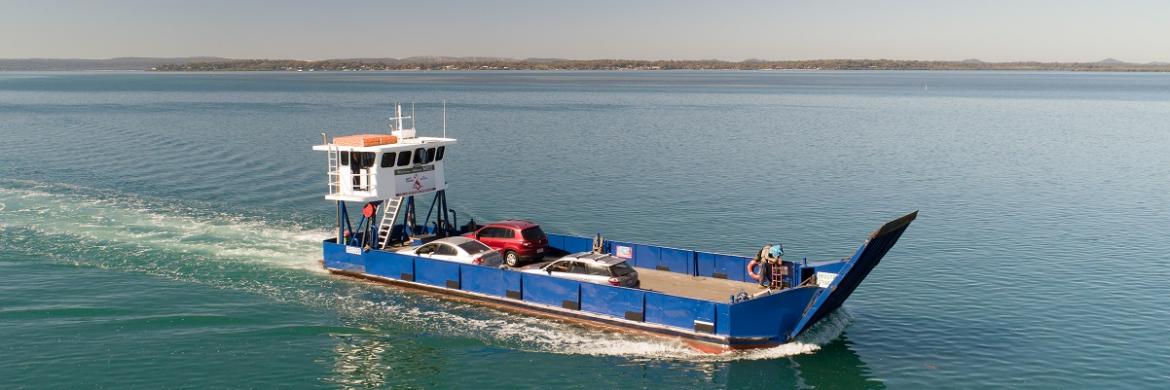Guidelines for consistent implementation
IMO guidelines to support the transition to the low sulphur fuel requirements, include:
- 2019 Guidelines for consistent implementation of 0.50 per cent sulphur limit under MARPOL Annex VI (MEPC.320(74))
- Guidance on the development of a ship implementation plan for consistent implementation of the 0.50 per cent sulphur limit under MARPOL Annex VI (MEPC.1/Circ.878)
- Guidance on best practice for fuel oil purchasers/users for assuring the quality of fuel oil used on board ships (MEPC.1/Circ.875)
- Guidance on best practice for fuel oil suppliers for assuring the quality of fuel oil delivered to ships (MEPC.1/Circ.875/Add.1)
- Delivery of compliant fuel oil by suppliers (MSC-MEPC.5/Circ.15)
- Recommended interim measures to enhance the safety of ships relating to the use of oil fuel (MSC.465(101))
- 2019 Guidelines for port State Control under MARPOL Annex VI Chapter 3 (MEPC.321(74)
- Guidance for port State control on contingency measures for addressing non-compliant fuel oil (MEPC.1/Circ.881)
- 2019 Guidelines for on board sampling for the verification of the sulphur content of the fuel oil used on board ships (MEPC.1/Circ.864/Rev.1)
- Reporting of availability of compliant fuel oils in accordance with regulation 18.1 of MARPOL Annex VI (MEPC.1/Circ.880)
- Reporting of data related to fuel oil availability and quality in GISIS to promote greater understanding of the consistent implementation of the 0.50 per cent m/m sulphur limit under MARPOL Annex VI (MEPC.1/Circ.887)
Material developed by the IMO can be accessed through IMODOCS.

1 January 2020 sulphur limit
2008
The IMO adopted amendments to Annex VI of the International Convention for the Prevention of Pollution from Ships (MARPOL) in 2008. The changes set tougher regulations to control airborne emissions from ships, including sulphur oxides (SOx). As part of these amendments, the IMO agreed that from 1 January 2020, the sulphur content in fuel oil used by ships must be 0.50 per cent m/m or less, subject to review in 2016 on the global availability of low sulphur fuel.
2016
The review was commissioned by the IMO and assessed the global and regional demand for, and supply of, compliant fuel oil, drawing on industry and stakeholder input. The review was completed in 2016 and found that sufficient compliant fuel oil would be available to meet the 2020 date.
1 March 2020 carriage ban
2018
In April 2018, the carriage ban was first considered by the IMO Marine Environment Protection Committee (MEPC). It was agreed that amendments should be made to the instrument that regulates air emissions from ships (the International Convention for the Prevention of Pollution from Ships (MARPOL)). This ban aims to support the global implementation of the sulphur regulation and compliance on the high seas, which will maintain a level playing field for industry.
2019
The IMO adopted amendments to Annex VI of MARPOL to introduce the ban on the carriage of non-compliant fuel by all ships from 1 March 2020.
IMO work to support sulphur 2020
Ensuring the safety of low sulphur fuel oil
All fuel used by ships must meet quality standards (set out in MARPOL Annex VI). The IMO has also committed to continue their review of this issue as a standing agenda item at the Maritime Safety Committee (MSC).
As a first step, the IMO has issued (ISO 8217) and has issued guidance on quality consideration for low sulphur fuels (ISO/PAS 23263:2019). This guidance provides requirements that apply to all 0.50 per cent m/m sulphur fuels and confirms the applicability of ISO 8217 to these fuels.
IMO guidance on co-mingling of fuel oil
The IMO has issued guidance on co-mingling of fuel oil in the 2019 Guidelines for consistent implementation of the 0.50 per cent sulphur limit under MARPOL Annex VI (Resolution MEPC.320(74)).
The guidelines recommend ships have a co-mingling procedure that aims to ensure new bunkers are loaded into empty tanks where possible. Where a ship finds itself having to co-mingle a new bunker with bunkers that are already on board, the ship must determine the compatibility between the two bunkers before co-mingling.
The IMO has produced a low sulphur fuel infographic you can download and view: IMO 2020 infographic (PDF 1.4 MB) PNG485.38 KB.